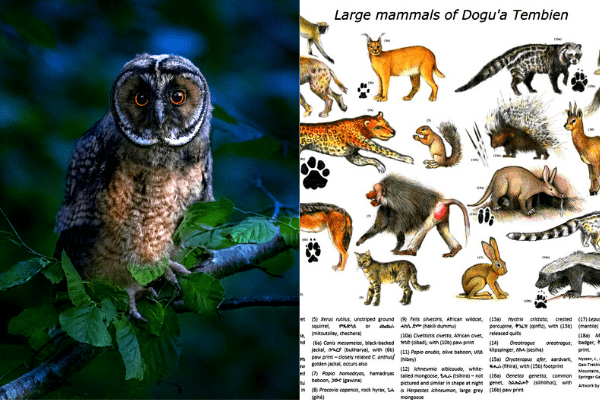Owls aren’t mammals—they are birds. Owls are warm-blooded vertebrates and belong to a group known as Aves. Unlike mammals, they have feathers, toothless jaws, and lightweight skeletons designed for flight. Another important difference is that owls lay eggs, whereas mammals typically give birth to live young.
Owls are vertebrate creatures belonging to the family of Aves. There are over 200 species of owls and they can be seen all over the world, except for Antarctica. They are easily identified by their large, head that is round and a straight stance and binocular eyes they are truly unusual birds.
Owls are part of the order of Strigifromes which is a species of birds that are typically night-time birds (active in the evening). The Strigiformes are classified into two families.
- Tytonida family – which includes Barn Owls and species that are related
- Strigidae family – also known as the Typical owls.
Although owls have similarities with mammals like having warm-blooded vertebrates there are some distinct differences that place owls in the category of birds.

First Owls lay eggs instead of giving birth live like mammals do. Furthermore, the bodies of owls are covered with feathers unlike mammals, which are covered in fur or hair. The most noticeable difference between mammals and birds is, of course, the capability to fly! The only mammal that is able to really fly is the bat while most species of bird fly effortlessly.
What is it that makes the Owl distinct from other birds?
- Owls are unable to shift the eyes of their side. Due to this to move their eyes, they have to turn their heads in order to observe in motion or catch prey. This is why you observe them tilting their heads inwards and turn them completely in their body.
- The raptors with asymmetrical ears have great hearing. This is due to their ears that are not properly placed, that are situated at different heights above their heads. This asymmetrical position lets them hear even the smallest of sound. This is a huge advantage in hunting at night.
- Reversible toe: Just like other predators, owls are also zygodactyl. They have two forward-facing talons as well as two talons facing backwards on each foot. One toe can move in both directions. The reversible toe provides an excellent grip on the ground and provides a firm hold on prey.
Related Post

